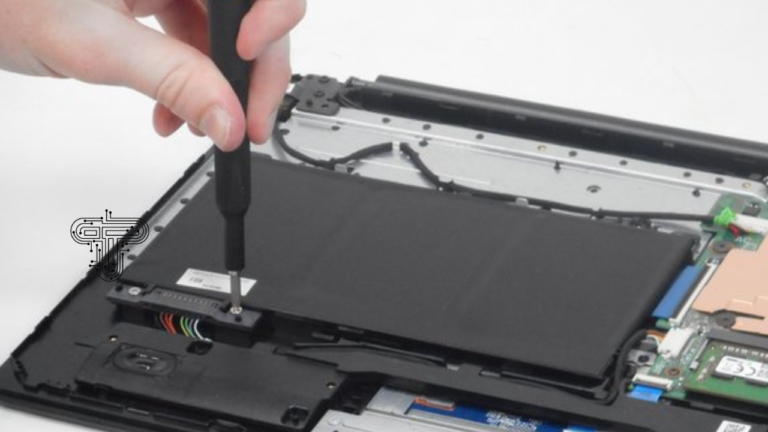What Is a Payment Gateway and How to Choose One?
Organizing online payment acceptance is an important part of digital business, especially in the e-commerce, SaaS, and fintech industries. One of the key components of the payment infrastructure is the payment gateway, a technology that transfers transaction data between the client, the merchant, and the payment system. The choice of the right gateway determines not only the stability and speed of payment processing, but also security, compliance with regulatory requirements, and the ability to scale. White label payment gateway solutions are becoming increasingly popular, allowing companies to launch their own branded payment services without having to develop from scratch. This article will analyze how a payment gateway works and what to pay attention to when choosing one.
What Is a Payment Gateway?
Merchants use a payment gateway to receive payment information about customers and process online payments. The complex includes a checkout page, which can usually be found in any online store; it is the front end of payment solutions and a technical part, an API, which is considered a back end.
A payment gateway is a link between the payer, the business and the banking network, and, in fact, makes payment processing possible. It performs the technical work of calling the payment page, processing data, communicating with all participants in the process (including the issuing bank and the acquirer), informing all participants about the transaction result (success or rejection), and also displays all this on the website production in a form understandable to everyone.
A payment gateway is a device with a high-quality shell that directly processes your payments. This is where it differs from a payment system, an aggregator, an electronic money institution, and other financial institutions. Each of them can be a payment gateway at the same time, but not always.
Types of Payment Gateways
There are several types of payment gateways that a business can choose for different purposes, depending on its type of activity. The typology is rather conditional, and the essence of the process is the same in any case: the gateway processes payments. You can use:
Self-created gateways
Such gateways belong to the business itself, which has full control over how customers see and use the site, and also independently operates payment flows. To implement such an idea, you will need a financial license, PCI DSS certification, and suitable software. In fact, you need to create another company in addition to the main business, which will be expensive and time-consuming. But for large products, this can be a good option. An example of such a structure is Alibaba Group in China, which successfully created its own payment solution, Alipay, and not only processes its own payments, but also offers a wallet to third-party businesses.
Third-party gateways
This type of payment gateway is the most common for European and global payment providers. Such gateways are usually international payment gateways to which clients are redirected. They offer a high level of security and reliability, although businesses have fewer options for localization and customization and are required to adhere to the rules set by the PSP. At the same time, the so-called third party is fully responsible for the high level of payment conversion, for the quality of payment methods, and their operation.
Local integration with the bank
This type of payment solution allows businesses to directly connect to the bank’s systems. Most often, such processing is available to local small businesses that will accept payments only within their own country or proven international products that can ensure security and a clear traffic flow. For high-risk projects, such an option is almost always unavailable.
There is practically no difference in the technical product of all three options, but there may be significant fluctuations in the price of the payment gateway, depending on its type, as well as in the capabilities. There are also companies like Tranzzo that offer payment gateway solutions on the white label model.
How to Choose the Right Payment Gateway?
Choosing the right gateway for accepting payments means checking whether it meets the right combination of price, convenience, and coverage for your project. Definitely worth paying attention to such factors:
Speed and reliability of payment processing
Processing time is the time it takes for a transaction to be approved or rejected, including the time it takes for it to be fully completed and funds to be debited. Instant payments with fast crediting of funds, as well as the protection of customers’ personal data, are important for online gambling. Therefore, these issues should be considered first.
Coverage of methods
Merchants prefer a payment system that can process payments in several countries or regions, which is undoubtedly an essential factor. This allows you to get a set of methods that will cover a number of needs at once through one integration. At the same time, you should not get hung up on this, since narrowly focused providers can sometimes provide much better service than aggregators of everything. First, the quality of meeting the need is considered, and labor resources are not saved.
User experience
Online transactions can be cancelled as easily as they can be made, with around 60% of payments being cancelled if customers cannot find their preferred payment method or have difficulty paying. With this in mind, another important point emerges in the form of payment page UI/UX. Simple payment pages with multiple options will make the difference for most payers.
In practice, understanding the exceptional case of each business and other individual parameters may be critical. And here, white-label solutions can help.
Tech Blaster
Final Thoughts
A payment gateway is not just a technical intermediary between a client and a bank, but a strategic tool that impacts user experience, security, and business growth. When choosing a gateway, it is essential to consider its compatibility with the required payment methods, level of fraud protection, API availability, and customization flexibility. For companies seeking full control over the payment process and creating a unique user interface, a white label payment gateway from Tranzzo can be an excellent solution.







